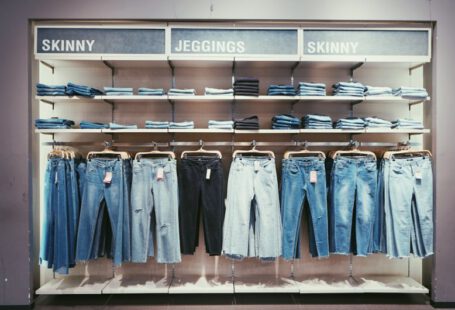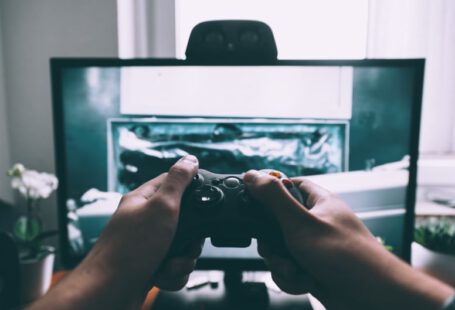Investing in vintage items has become an increasingly popular strategy among collectors and enthusiasts. From classic cars to rare art pieces, certain vintage items have shown significant appreciation in value over time, making them attractive investments for individuals looking to diversify their portfolios. But what exactly sets vintage items apart from other types of investments and why are they considered valuable assets? Let’s delve into the reasons behind the allure of vintage items as investments.
The Allure of Nostalgia
One of the key reasons why vintage items are considered investments is the nostalgic appeal they hold. Vintage items often evoke a sense of nostalgia, reminding people of a bygone era or a particular moment in history. This emotional connection can drive up the value of vintage items, as collectors are willing to pay a premium to own a piece of history or to relive memories from the past. Whether it’s a vintage vinyl record, a classic watch, or a retro fashion piece, the nostalgia factor plays a significant role in the desirability of vintage items.
Limited Supply and Rarity
Another factor that contributes to the investment value of vintage items is their limited supply and rarity. Unlike mass-produced modern goods, vintage items are often scarce, especially if they are well-preserved or in high demand. The scarcity of certain vintage items can drive up their prices, as collectors compete to acquire these unique pieces. Additionally, as time passes, the number of well-preserved vintage items diminishes, further increasing their rarity and investment potential.
Historical Significance
Many vintage items hold historical significance, whether it be in the realm of art, fashion, or technology. These items offer a glimpse into the past and can tell a story about a particular period in history. Collectors and investors often value vintage items that have historical importance, as they represent a piece of cultural heritage or innovation. For example, a vintage camera used by a renowned photographer or a rare first-edition book can fetch a high price due to their historical significance and provenance.
Quality Craftsmanship and Timeless Design
Vintage items are often admired for their quality craftsmanship and timeless design. In an age of mass production and disposable goods, vintage items stand out for their durability and attention to detail. Whether it’s a handcrafted piece of furniture or a vintage luxury accessory, the superior craftsmanship of vintage items adds to their appeal and investment value. Furthermore, many vintage items feature timeless designs that remain relevant and stylish despite changing trends, making them sought after by collectors and investors alike.
Potential for Value Appreciation
One of the primary reasons why vintage items are considered investments is their potential for value appreciation. While not all vintage items will increase in value, certain categories such as classic cars, rare coins, and antique jewelry have shown a track record of strong appreciation over time. Investors who are knowledgeable about the market for vintage items can identify undervalued pieces with the potential for significant returns in the future. Additionally, the cyclical nature of trends and tastes can also impact the value of vintage items, making them dynamic assets for investment.
Preservation of Cultural Heritage
Investing in vintage items is not just about financial gain; it is also a way to preserve cultural heritage and promote sustainability. By collecting and preserving vintage items, investors play a role in conserving artifacts and objects of historical significance for future generations to appreciate. Additionally, investing in vintage items encourages a more sustainable approach to consumption, as it promotes the re-use and appreciation of existing resources rather than the constant production of new goods.
In conclusion, the allure of vintage items as investments lies in their nostalgic appeal, limited supply, historical significance, quality craftsmanship, potential for value appreciation, and role in preserving cultural heritage. Whether you are a seasoned collector or a novice investor, vintage items offer a unique opportunity to diversify your portfolio and own a piece of history. As the market for vintage items continues to evolve, it is essential to research and understand the nuances of this niche investment category to make informed decisions and maximize your returns.





